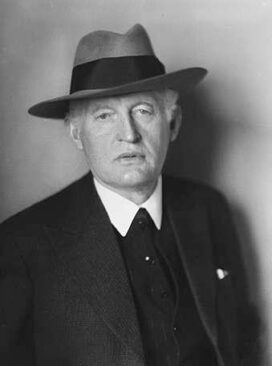Facts about Edvard Munch
Edvard Munch Biography
Norwegian painter and printmaker Edvard Munch is most famous for his 1893 oil painting The Scream.
He is most associated with Oslo, where he studied art as a young man before spending his formative years in Paris and Berlin.
In Paris in the 1880s, Edvard Munch fell under the influence of Paul Gauguin and Vincent Van Gogh, and he went from representative art — painting what he saw — to a more internal form, painting what he felt about what he saw, what they ended up calling Expressionism in the art world.
He made his reputation with a scandalous show in Berlin in 1892: his bold strokes and colors expressed his own physical suffering (tuberculosis) as well as mental suffering (prolonged bouts of depression). To many observers at the time his paintings were not only unsettling, they appeared to be unfinished and assembled “without artistry.”
These days the 1880s an 1890s are considered Munch’s greatest period, during which he completed paintings such as The Sick Child (1886), Vampire (1893) and Death in a Sickroom (1893), defining a thematic style that expressed hysterical despair.
Edvard Munch eventually settled at his estate outside of Oslo in 1908, after some kind of mental breakdown. His influence and reputation grew in Europe’s artistic circles, but after 1916 he was a recluse.
As it turns out, he was a productive recluse: Munch left behind more than a thousand paintings and about 15,000 prints, along with a variety of woodcuts and engravings. Still, he’s mostly remembered for The Scream, an image that’s accepted as symbolic of the spiritual anxiety of 20th century intellectuals and one of the most famous paintings of the last 150 years.
Extra credit
Edvard Munch (pronounced “moonk”) painted several versions of The Scream, and one of the original versions was stolen from Oslo’s Munch Museum in 2004. It was recovered in 2006… An 1895 version sold at auction in 2012 for almost $120 million.

